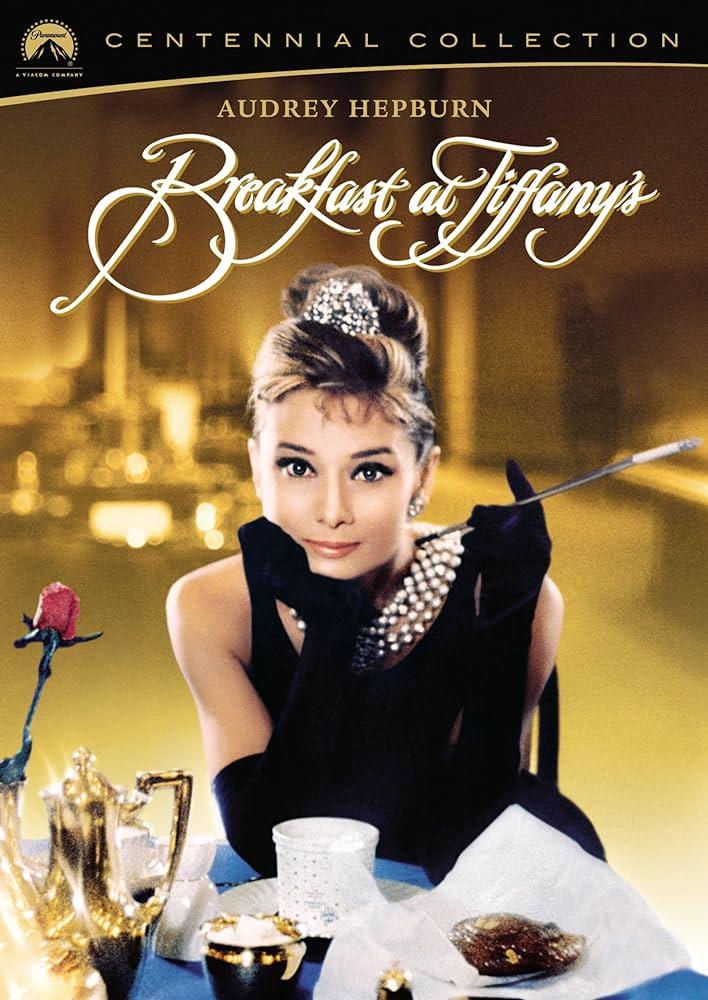In the realm of classic cinema, few films have etched themselves into the cultural consciousness as indelibly as “Breakfast at Tiffany’s.” Released in 1961, this cinematic gem, directed by Blake Edwards and based on Truman Capote‘s novella, continues to captivate audiences with its elegant blend of romance, sophistication, and complexity. But what is it about this film that maintains its allure across generations? This article delves into the timeless appeal of “Breakfast at Tiffany’s,” examining the nuanced performances, iconic fashion, and underlying themes that have cemented its status as a perennial favorite. With an analytical lens, we explore how the film’s enduring charm transcends mere nostalgia, offering insights into the human condition that resonate as powerfully today as they did over half a century ago.
Cultural Impact and Legacy of an Iconic Film
The 1961 classic, Breakfast at Tiffany’s, has left an indelible mark on both cinema and popular culture. At the heart of its enduring legacy is the character of Holly Golightly, portrayed by Audrey Hepburn. Her embodiment of elegance and mystery has influenced fashion and film for decades. Hepburn’s little black dress, designed by Givenchy, became a symbol of timeless style, setting a precedent for modern fashionistas.
The film’s impact extends beyond aesthetics. It introduced themes of independence and self-discovery that resonate with audiences even today. Key cultural influences include:
- The romanticization of urban living, capturing the allure of New York City.
- Reimagining the concept of the modern woman, with Holly as a precursor to future female protagonists.
- A lasting influence on music and art, inspiring countless reinterpretations and homages.
With its blend of charm and complexity, Breakfast at Tiffany’s continues to captivate new generations, proving its place as a cultural touchstone.

Character Analysis: Holly Golightlys Enduring Fascination
Holly Golightly, the enigmatic protagonist of “Breakfast at Tiffany’s,” captivates audiences with her complex blend of charm, mystery, and vulnerability. Truman Capote crafted a character whose allure lies in her contradictions. On one hand, Holly is a symbol of freedom and sophistication, navigating the social whirl of New York City with apparent ease. Yet, beneath this façade, she embodies a profound sense of longing and a search for identity, making her both relatable and intriguing.
- Independence: Holly’s lifestyle is a testament to her desire for autonomy, reflecting the cultural shifts of the 1960s where women sought more control over their lives.
- Mystery: Her refusal to be pinned down by labels or commitments adds layers to her persona, inviting viewers to ponder her true desires.
- Vulnerability: Despite her carefree demeanor, moments of introspection reveal a fragile side, yearning for connection and belonging.
These qualities not only make Holly a timeless figure but also a mirror reflecting the complexities of human nature. Her enduring fascination lies in this delicate balance between independence and intimacy, a dance that continues to resonate with audiences today.
Cinematic Techniques and Their Lasting Influence
The film employs a variety of cinematic techniques that have left an indelible mark on the industry. One of the most notable is its use of mise-en-scène, where every element within the frame contributes to the storytelling. From the iconic opening scene featuring Audrey Hepburn in a stunning black dress to the meticulous set design of her apartment, each detail is carefully curated to reflect Holly Golightly’s complex persona. This attention to visual composition not only enhances the narrative but also sets a standard for character-driven storytelling.
Moreover, the film’s innovative use of music and sound continues to influence modern cinema. Henry Mancini’s haunting score, particularly “Moon River,” weaves seamlessly into the narrative, creating an emotional resonance that elevates the viewing experience. The strategic use of silence and ambient noise further amplifies the emotional depth, allowing audiences to fully immerse themselves in Holly’s world. These elements combined have cemented the film’s place as a masterclass in blending visual and auditory storytelling.

Recommended Viewing: Why Breakfast at Tiffanys Remains Essential
Breakfast at Tiffany’s remains an essential film due to its complex exploration of identity, freedom, and societal expectations. Audiences continue to be captivated by the enigmatic Holly Golightly, portrayed by Audrey Hepburn, whose character embodies a delicate balance between vulnerability and independence. The film’s nuanced narrative challenges viewers to reflect on themes of self-discovery and the human desire for connection.
- Iconic Performances: Audrey Hepburn’s portrayal of Holly Golightly is both charismatic and profound, leaving a lasting impression on viewers.
- Timeless Themes: The film’s exploration of identity and societal norms remains relevant, offering insight into the complexities of modern life.
- Cultural Impact: From fashion to film, its influence permeates through decades, making it a staple in cinematic history.
Through its combination of compelling storytelling, stylistic elegance, and emotional depth, Breakfast at Tiffany’s transcends its era, inviting viewers to explore its timeless narrative layers.

